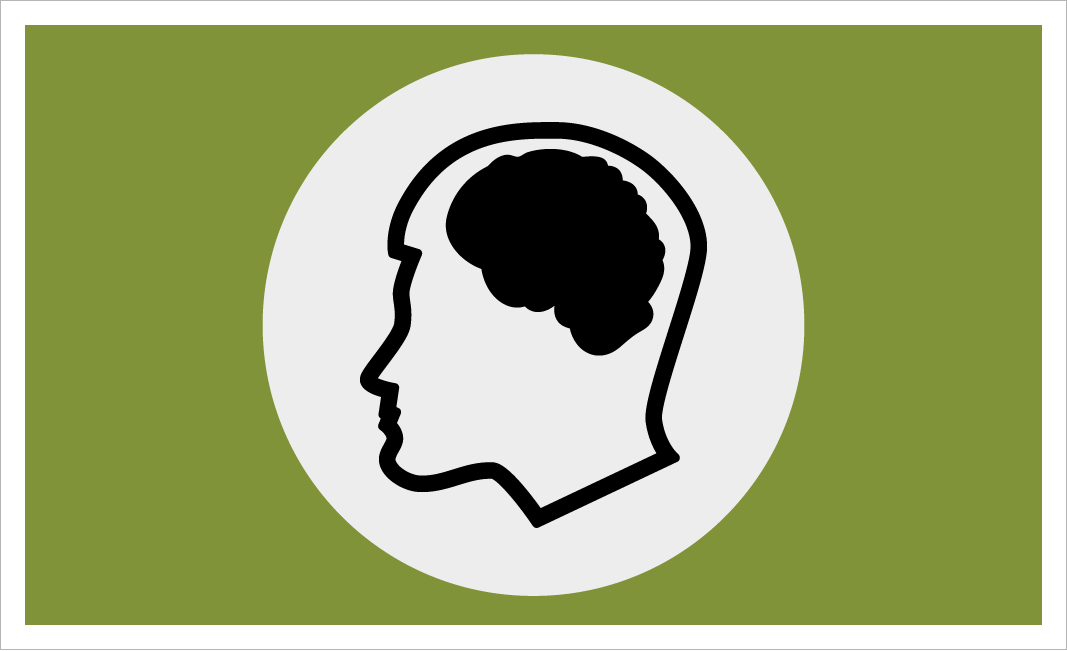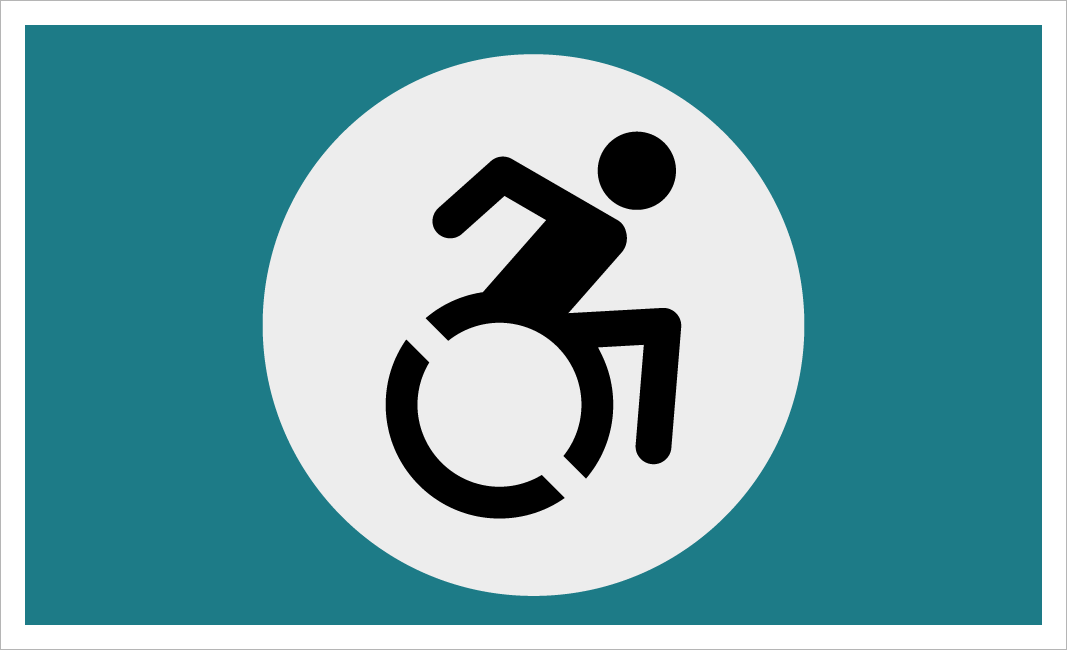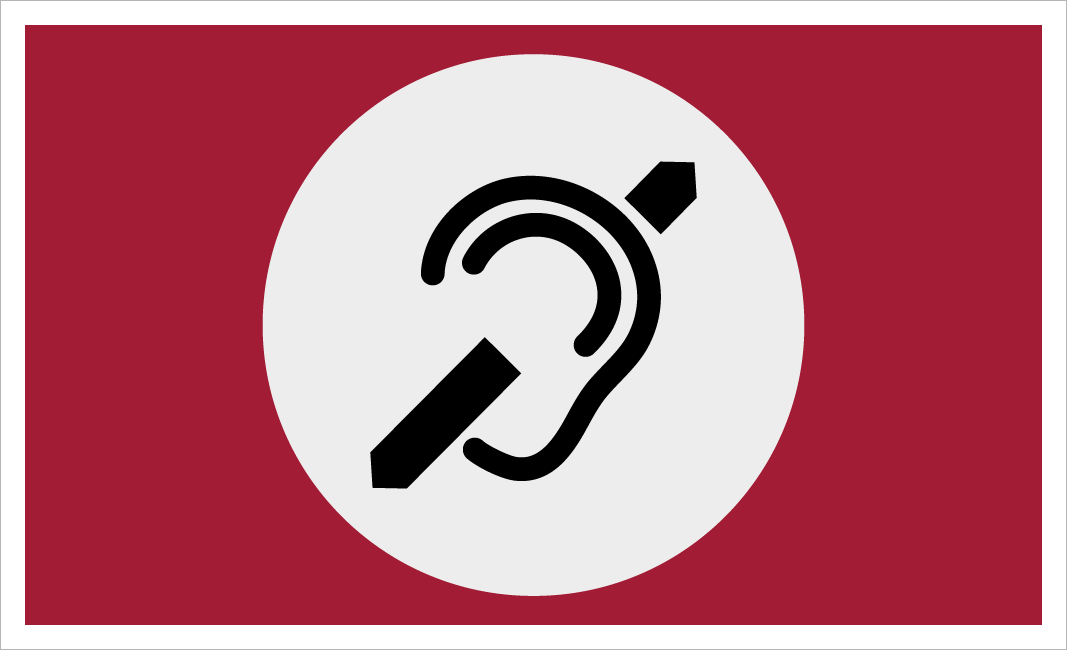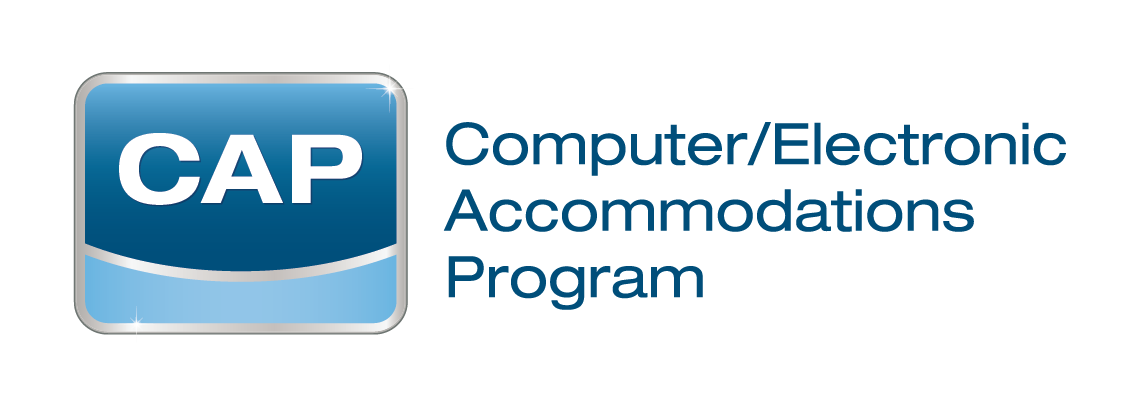Accommodations
As a centrally funded Department of Defense (DoD) resource, CAP provides assistive technology devices and services as reasonable accommodations at no cost to the customer or their employing agency. The assistive technology devices may be effective and appropriate tools to allow an individual with a disability to perform their essential job duties. To find the most appropriate solution(s), you may choose to search the CAP website for specific assistive technology, browse by disability category, or request a needs assessment. CAP cannot list all possible accommodations that are available. However, if you do not see what you are looking for, or would like to request an item not on the CAP website, you may manually input the product information during the request submission process by clicking “Add Your Own Accommodation” when viewing the cart. CAP suggests that when manually entering the product, CAP recommends providing as much information as possible and, ideally, a link to that product. Each request is reviewed on a case-by-case basis to ensure the validity of the request and that it is the most reasonable and appropriate option. CAP reserves the right to request documentation to support a request for accommodation and maintain acquisitions integrity. Documentation may include items such as medical documentation of a diagnosed condition or a telework agreement for duplicate items and that CAP is able to procure that item under Federal Acquisition Regulations. Additional justification or information may be requested to ensure the requested option meets CAP's requirements.
Note: DoD employees with disabilities and wounded, ill, and injured Service members can submit accommodation requests. Non-DoD employees with disabilities must request assistive technology and accommodations through their agency.
CAP also offers Needs Assessments for both, DoD and Non-DoD employees. Learn more about and request a Needs Assessment.

Cognition
Cognition conditions include any disorder that significantly impairs the cognitive function of an individual. Cognition conditions may include dyslexia, attention deficit hyperactivity disorder (ADHD), multiple sclerosis, stroke, Alzheimer's disease, and traumatic brain injury (TBI). Limitations could include memory loss, decreased organization, decreased concentration, word finding difficulty, or orientation difficulty.

Communication
Communication conditions impact an individual's ability to communicate. This may include apraxia or voice disorders. Limitations could include the inability to amplify the volume of speech or being non-verbal.

Dexterity
Dexterity conditions refers to any physical disability that limits the physical function of one or more limbs. These may include quadriplegia, paraplegia, multiple sclerosis, cerebral palsy, carpal tunnel syndrome, tendonitis, arthritis, sciatica, amputations or degenerative disc disease. Limitations affecting mobility could include decreased range of motion in the arms, fingers, wrists, back or neck, and decreased muscle control, spasms, paralysis, tingling or numbness.

Hearing
Hearing conditions impact the ability to hear, either partially or completely. These may include otosclerosis, tinnitus, and deafness. Limitations can include difficulty in hearing certain volumes, tones or frequencies, ringing in the ears, or the inability to hear anything at all.

Vision
Vision conditions impact the ability to see, either partially or completely. These may include glaucoma, cataracts, macular degeneration, retinopathy or total blindness. Limitations could include blurriness, blind spots, floaters, tunnel vision or any other visual disturbances.

